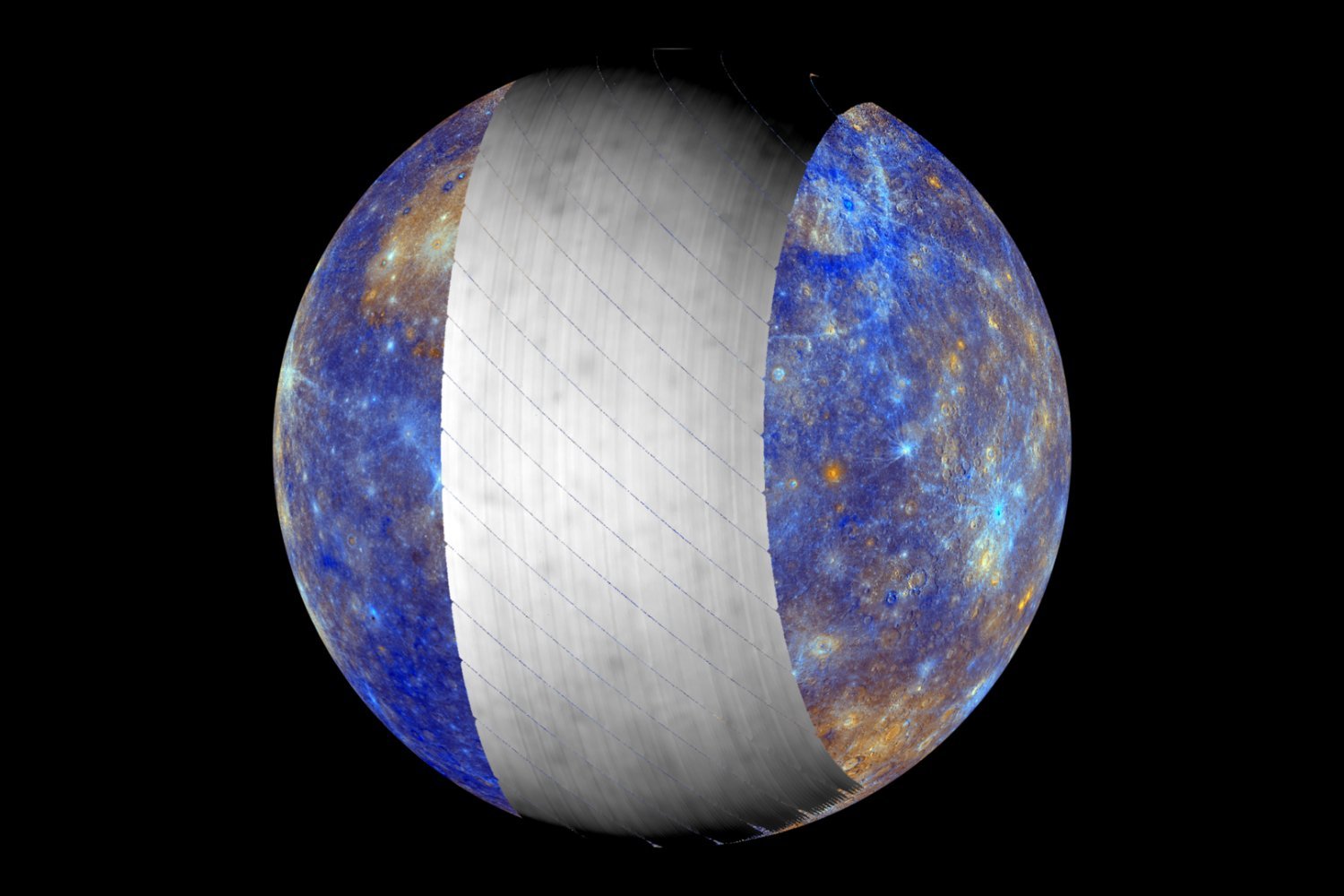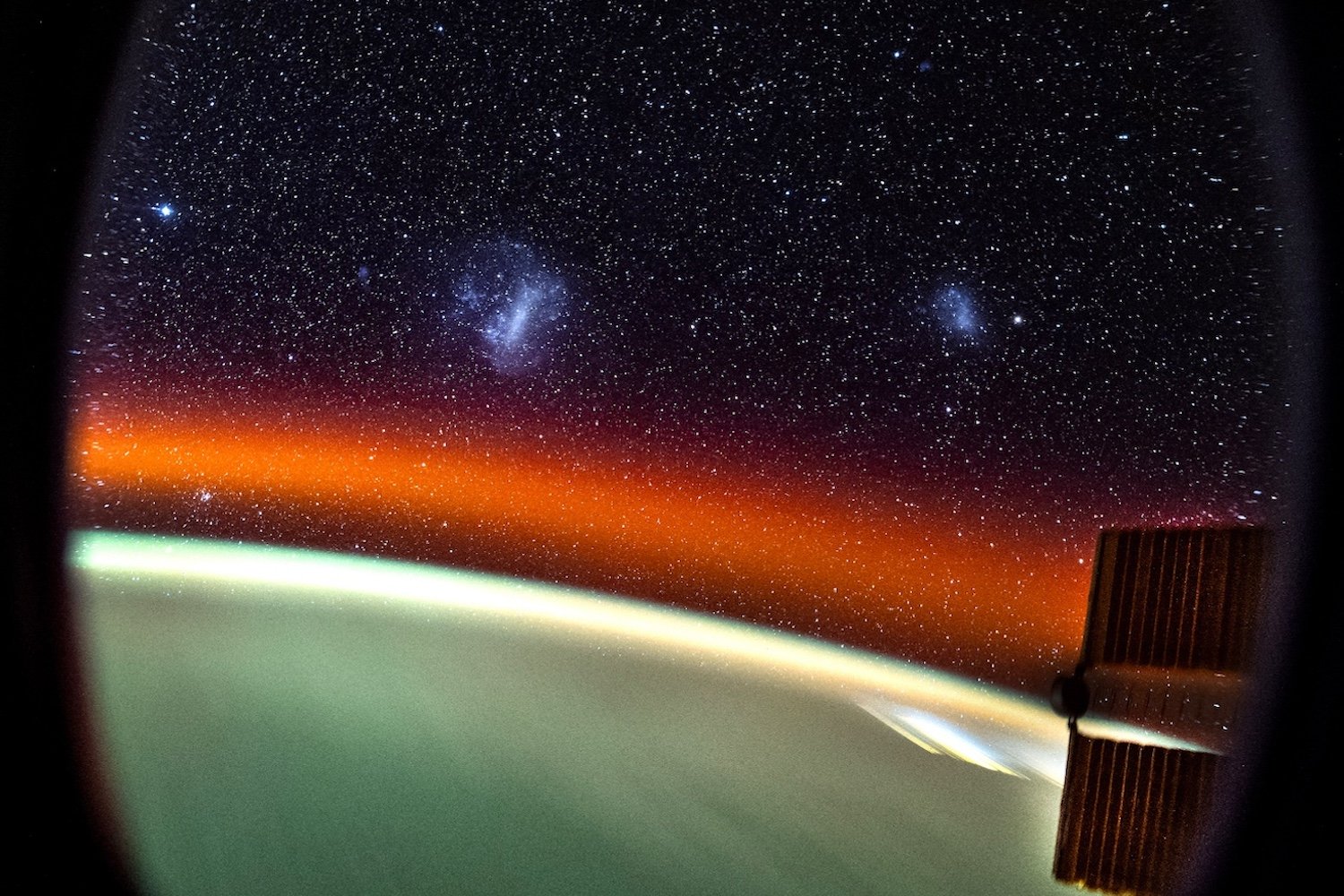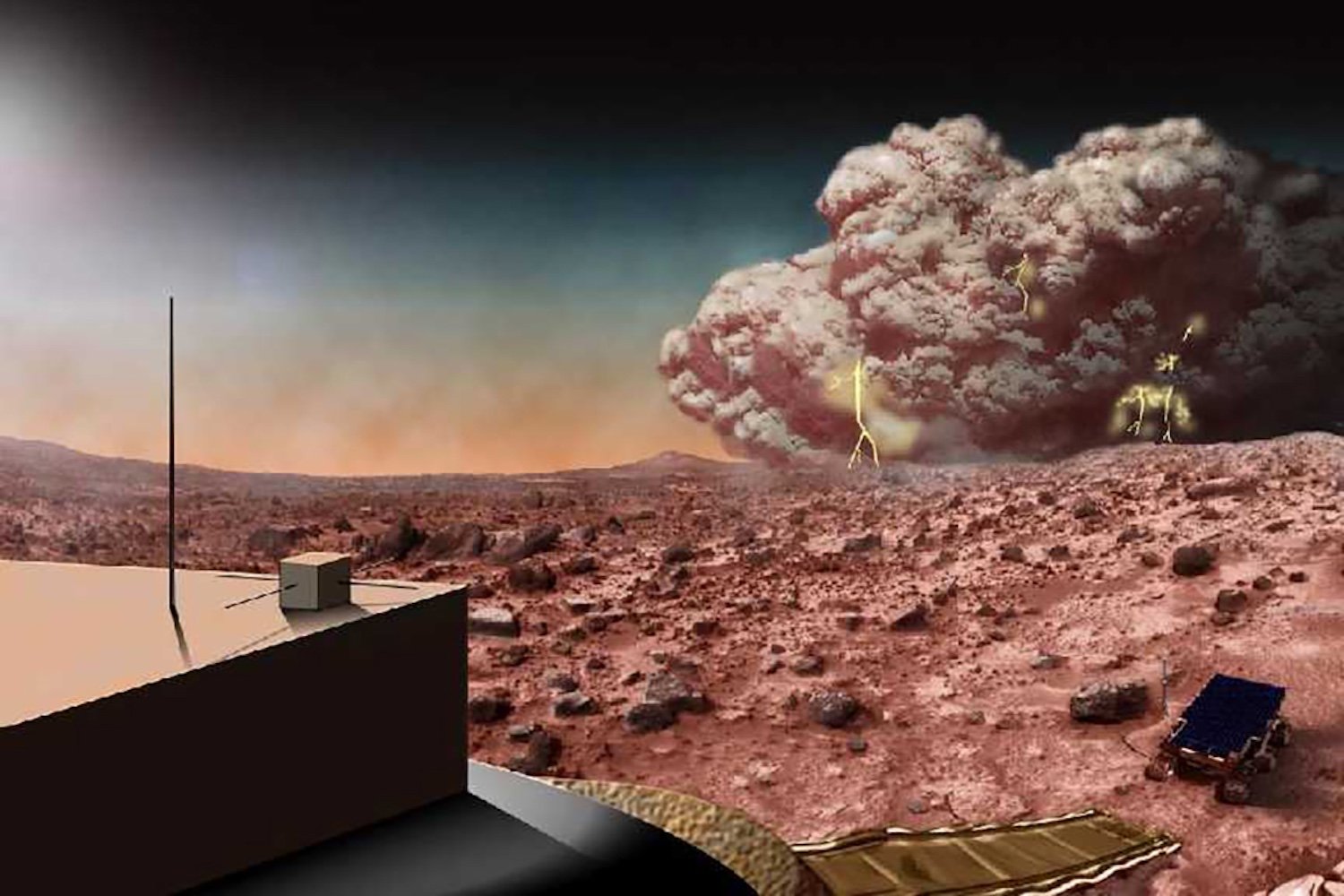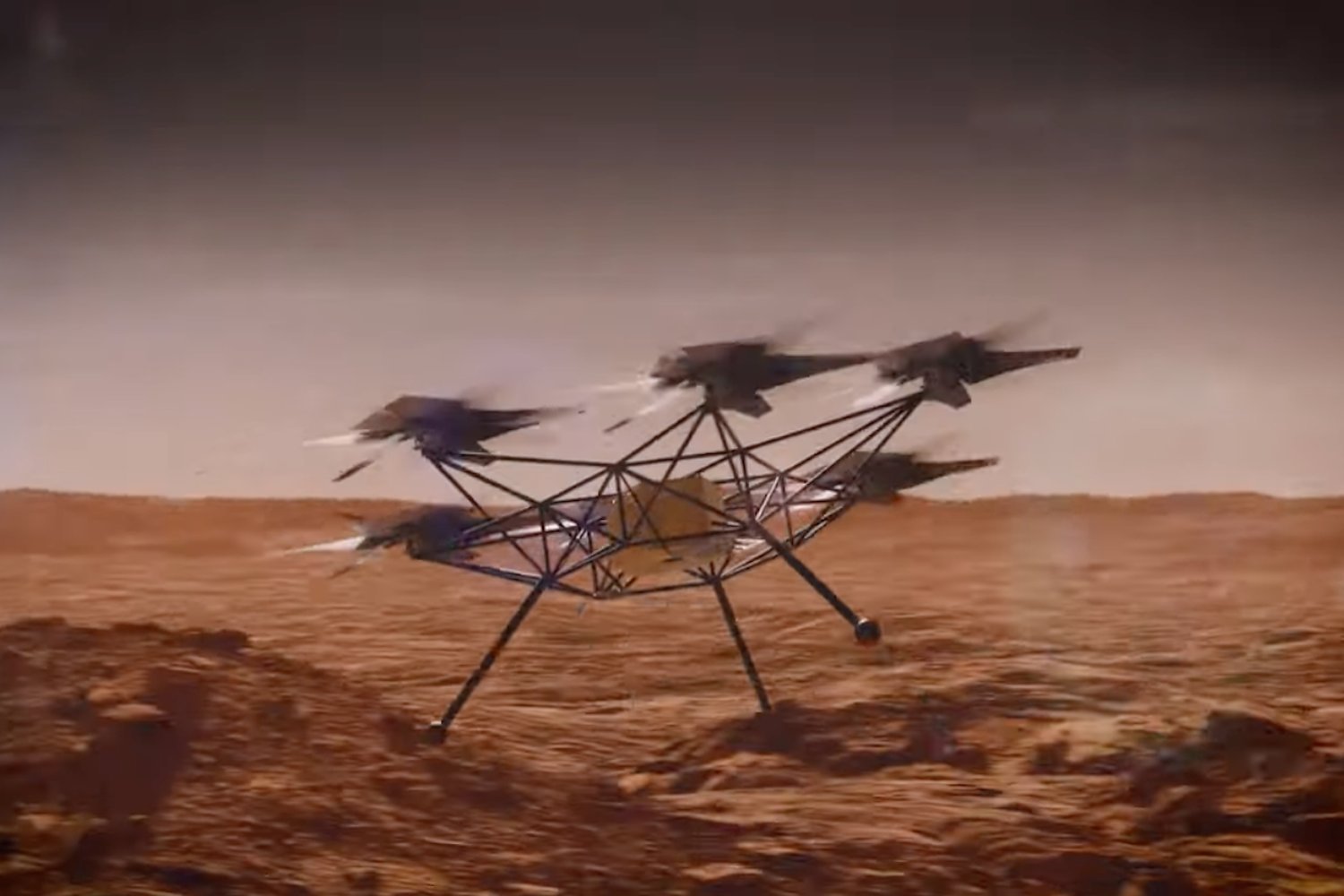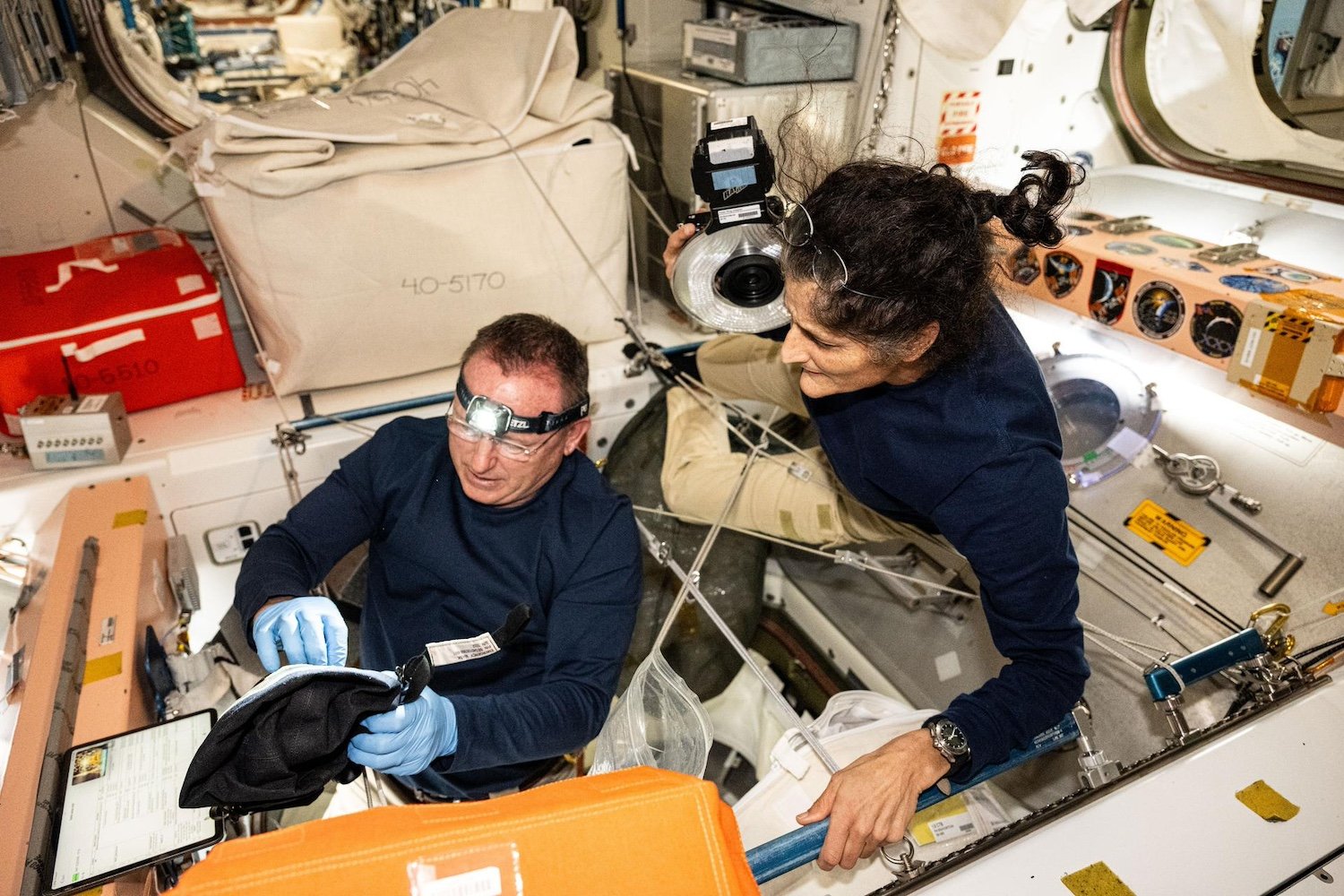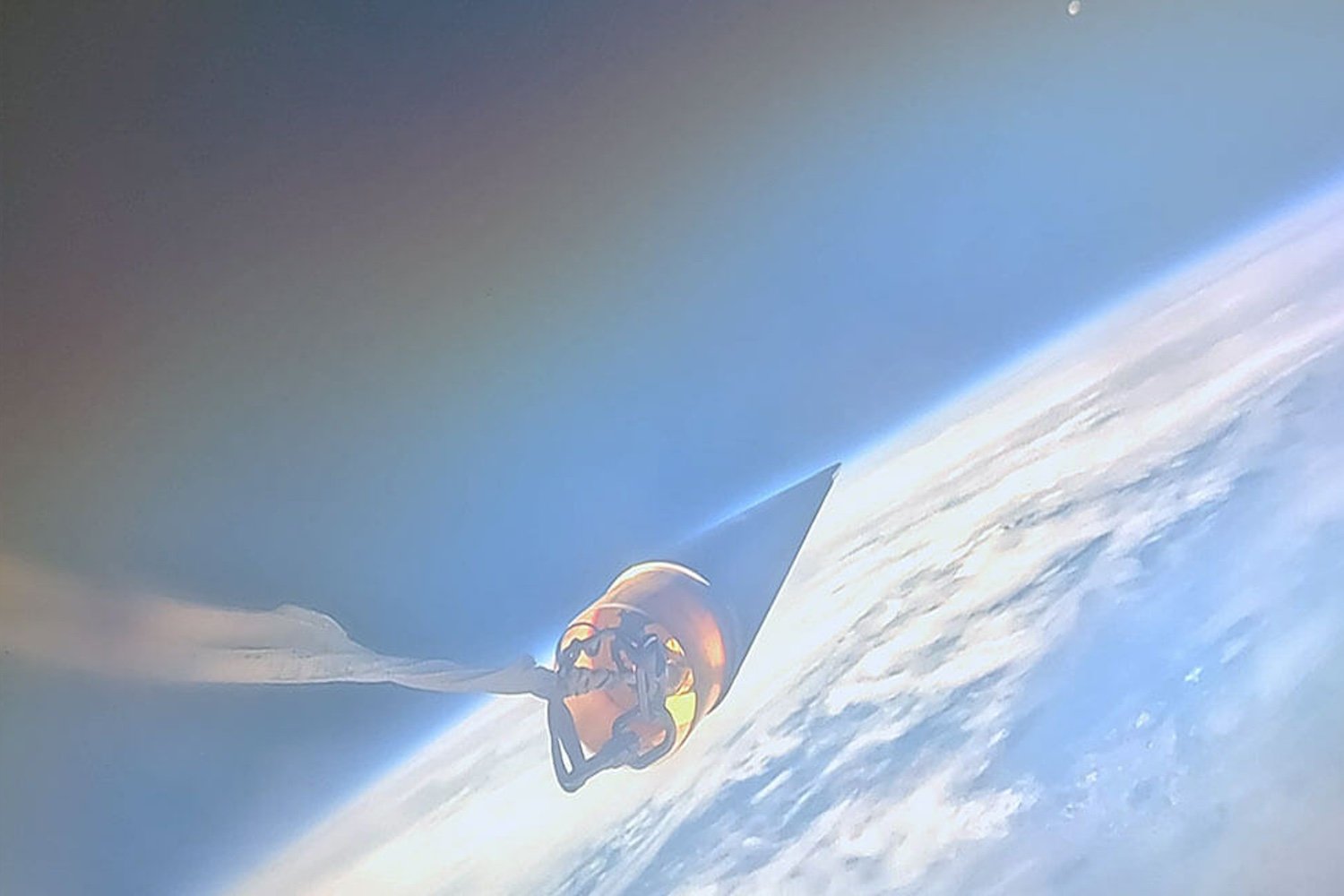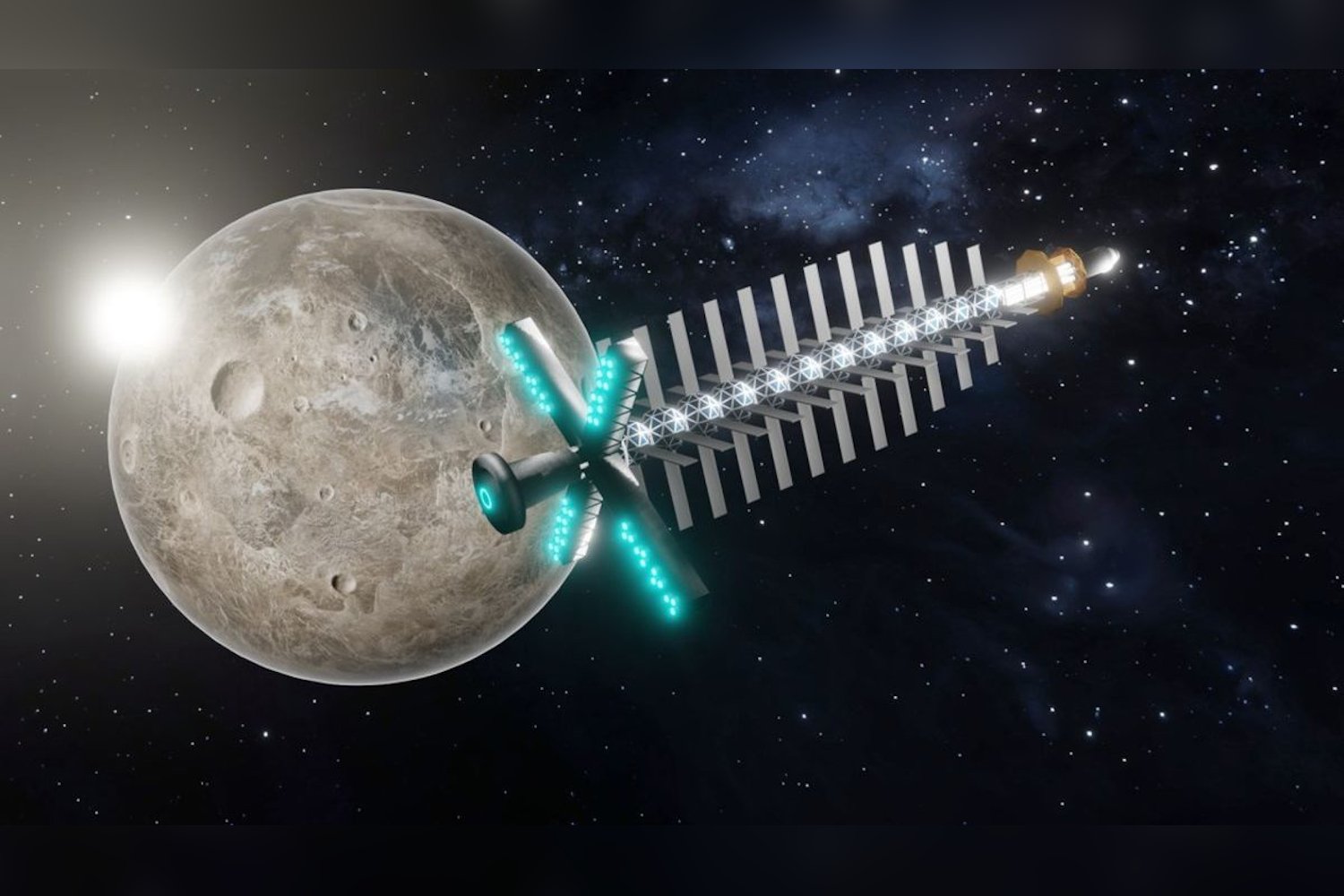BepiColombo, a joint mission by the European Space Agency (ESA) and the Japan Aerospace Exploration Agency (JAXA), completed its fifth flyby of Mercury last week. This close approach allowed the spacecraft’s Mercury Radiometer and Thermal Infrared Spectrometer (MERTIS) to capture the planet in mid-infrared light for the first time, providing valuable insights into Mercury’s surface temperature and composition.
Launched in October 2018, BepiColombo is scheduled to enter Mercury’s orbit in November 2026. While the arrival is slightly delayed from the initial plan, these flybys offer crucial opportunities to gather preliminary data and refine the mission’s scientific objectives. The recent flyby, following a close approach and gravity assist maneuver in early September, yielded particularly exciting results thanks to MERTIS.
This instrument measures Mercury’s thermal emissions at mid-infrared wavelengths, revealing details about surface temperatures, texture, and mineral composition. Jörn Helbert, co-principal investigator for MERTIS at the German Aerospace Center (DLR), expressed his excitement in an ESA release, stating, “After about two decades of development, laboratory measurements of hot rocks similar to those on Mercury and countless tests… the first MERTIS data from Mercury is now available. It is simply fantastic!”
Unveiling Hidden Details of Mercury’s Surface
The MERTIS data revealed distinct features on Mercury’s surface, including the Bashō Crater, previously observed by Mariner 10 and Messenger missions. This crater, prominent in visible light images, is also clearly discernible in the mid-infrared data. Solmaz Adeli, a researcher at DLR’s Institute of Planetary Research, commented on the significance of these observations: “The moment when we first looked at the MERTIS flyby data and could immediately distinguish impact craters was breathtaking. There is so much to be discovered in this dataset.”
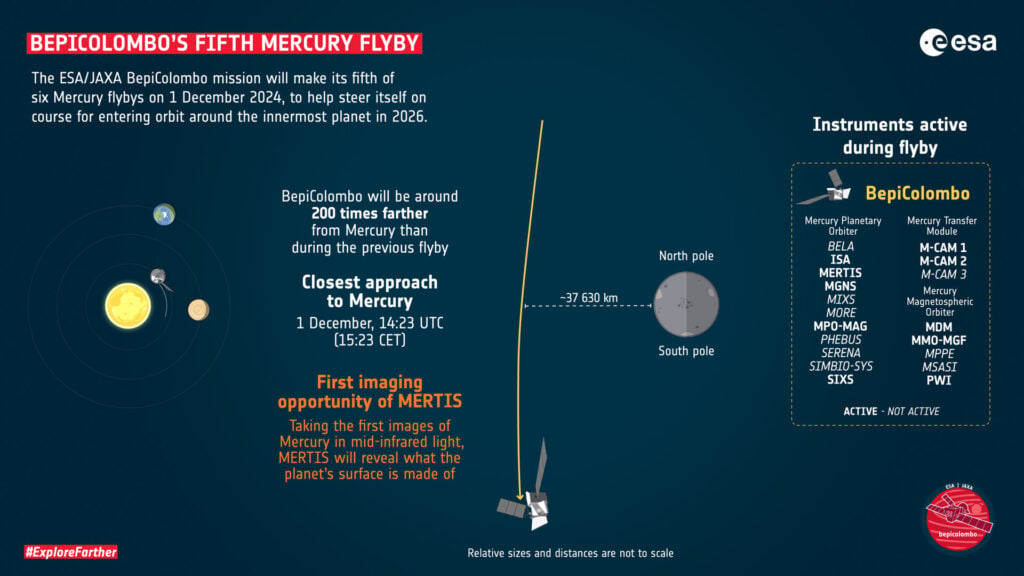 An infographic showing the details of the recent flyby.Mercury flyby details infographic. Credit: ESA
An infographic showing the details of the recent flyby.Mercury flyby details infographic. Credit: ESA
Analyzing Mercury’s Mineralogy and Temperature
Adeli further emphasized the potential of MERTIS for understanding Mercury’s global surface mineralogy, stating, “We have never been this close to understanding… with MERTIS ready for the orbital phase of BepiColombo.” The data from this flyby indicated a surface temperature of 788° Fahrenheit (420° Celsius) at the time of observation. By comparing these measurements with laboratory analyses of different minerals at mid-infrared wavelengths, scientists can determine the specific mineral composition of Mercury’s surface.
A Glimpse into Mercury’s Future Exploration
Though BepiColombo’s orbital insertion is still two years away, these recent observations provide a tantalizing preview of the detailed data the mission will collect. The mid-infrared perspective offered by MERTIS promises to unlock a deeper understanding of Mercury’s geological history, surface processes, and overall composition, paving the way for groundbreaking discoveries about the innermost planet of our solar system.



